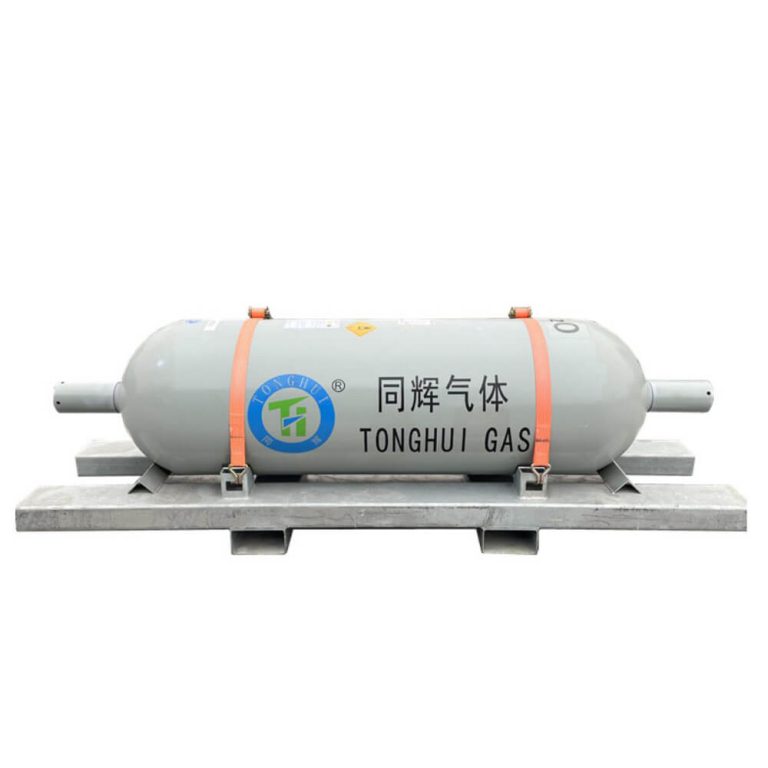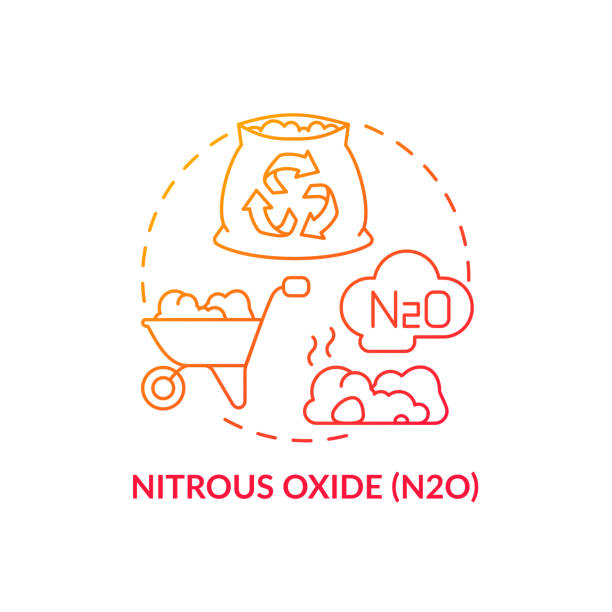2024 / 09 / 23
The Many Faces of Nitrous Oxide in Medicine
Contents
Nitrous oxide has a long history in medicine, dating back to the early 19th century. It is a potent anesthetic agent with a wide range of applications in healthcare. This article will introduce the various facets of nitrous oxide in medicine, exploring its anesthetic effects, safety profile, clinical applications, and unique advantages in emergency situations.

Overview of Nitrous Oxide Tank Applications in Medicine
Nitrous oxide (N₂O), commonly known as laughing gas, is a chemical compound widely used in the medical field. Primarily employed as an inhaled anesthetic and analgesic, N₂O finds extensive application in obstetrics, dentistry, and general surgery. Beyond these core areas, N₂O also has a role in emergency medicine, pain management, and even mental health treatment.
| Anesthesia | In anesthesia, N₂O is a mainstay in clinical practice, particularly in situations requiring analgesia without deep anesthesia. Its minimal respiratory side effects allow for administration without compromising the patient’s normal breathing pattern. Often mixed with oxygen, N₂O provides the necessary anesthetic depth. |
| Emergency Medicine | Emergency medicine practitioners frequently use N₂O as a rapid-onset analgesic. For instance, in emergency departments, N₂O can be administered to alleviate acute pain, such as that associated with fractures. Its rapid onset of action can significantly reduce pain while minimizing the need for systemic analgesics. |
| Pain Management | N₂O is primarily used for short-term pain management. In dentistry, for example, dentists may use N₂O to provide local analgesia during certain procedures. Additionally, N₂O is a common analgesic during childbirth, helping women manage labor pain. |
| Mental Health Treatment | While less common than its applications in other medical fields, N₂O has shown potential in mental health treatment. Some studies suggest that N₂O may help alleviate certain mental health conditions, such as anxiety disorders. However, research in this area is ongoing, and definitive conclusions are yet to be drawn |

Comparative Analysis of Nitrous Oxide and Other Anesthetic Agents
Anesthetic Effects
Primarily administered as an inhaled anesthetic, N₂O has gained popularity in clinical anesthesia due to its minimal respiratory side effects. Compared to other anesthetics, N₂O provides adequate analgesia while preserving the patient’s spontaneous respiratory drive. This characteristic is especially valuable in emergency situations.
Safety Profile
One of the most compelling advantages of N₂O is its favorable safety profile. Compared to general anesthetics like propofol or isoflurane, N₂O poses a lower risk of complications, particularly regarding respiratory and hepatic function. Additionally, the rapid offset of N₂O’s effects allows for quicker recovery of consciousness, which is beneficial for postoperative management.
Clinical Applications
N₂O finds application in a wide range of clinical settings, particularly those requiring rapid onset analgesia or anesthesia. For instance, it is commonly used for obstetric analgesia and dental procedures. In these scenarios, N₂O can quickly alleviate pain without inducing prolonged respiratory depression, as may occur with other agents.
Comparative Analysis
The foregoing analysis highlights the unique advantages of N₂O in anesthesia. Its rapid onset, excellent safety profile, and minimal respiratory effects make it a valuable tool in many clinical settings. However, like all anesthetic agents, N₂O must be administered under strict medical supervision to ensure patient safety. In conclusion, nitrous oxide’s rapid onset of analgesia, favorable safety profile, and minimal respiratory effects have solidified its position as a valuable anesthetic agent. While other anesthetics may offer unique benefits in specific clinical situations, N₂O’s versatility and safety make it a preferred choice for many procedures. Nevertheless, anesthesiologists must carefully consider the individual patient’s clinical status and the specific requirements of the procedure when selecting N₂O as part of an anesthetic regimen.
Unique Advantages of Nitrous Oxide in Emergency Situations
Nitrous oxide (N₂O), commonly known as laughing gas, offers distinct advantages in emergency medical settings, particularly in pain management, respiratory support, and cardiovascular stability. This section will delve deeper into the specific benefits of N₂O in these areas.
Pain Management
As an inhaled anesthetic, N₂O is an effective analgesic, especially for short-term pain management. Its mechanism of action primarily involves non-competitive inhibition of NMDA receptors, thereby producing analgesia. In emergency situations, N₂O can rapidly alleviate pain without significantly impairing consciousness, making it invaluable in emergency medicine. Studies have shown that N₂O can effectively reduce postoperative hyperalgesia induced by opioids, potentially decreasing patients’ reliance on opioids and mitigating associated side effects.
Respiratory Protection
Another advantage of N₂O in emergency medicine is its respiratory protective properties. As a mild respiratory stimulant, N₂O can increase alveolar ventilation to a certain extent, which is crucial for ensuring adequate oxygen supply during emergencies. Moreover, N₂O does not cause respiratory depression, a critical feature in emergency settings as it allows patients to maintain their respiratory drive while receiving analgesia.
Cardiovascular Stability
N₂O has relatively minimal effects on the cardiovascular system, meaning it is unlikely to cause significant hemodynamic fluctuations in emergency situations. This is particularly useful in cases where maintaining hemodynamic stability is crucial, such as during major surgeries or after significant trauma. This characteristic makes N₂O an ideal adjunct anesthetic that can be used without significantly interfering with other therapeutic interventions.

The Enduring Value of Nitrous Oxide
Nitrous oxide, with its unique properties and a broad range of applications, continues to play a significant role in modern medicine. From its use as a potent analgesic in dental procedures to its role as a respiratory stimulant in emergency situations, nitrous oxide has demonstrated its versatility and effectiveness. While nitrous oxide offers numerous benefits, it is essential to use it responsibly and in accordance with established guidelines. Remember to choose a reliable supplier If you need nitrous oxide tanks.










